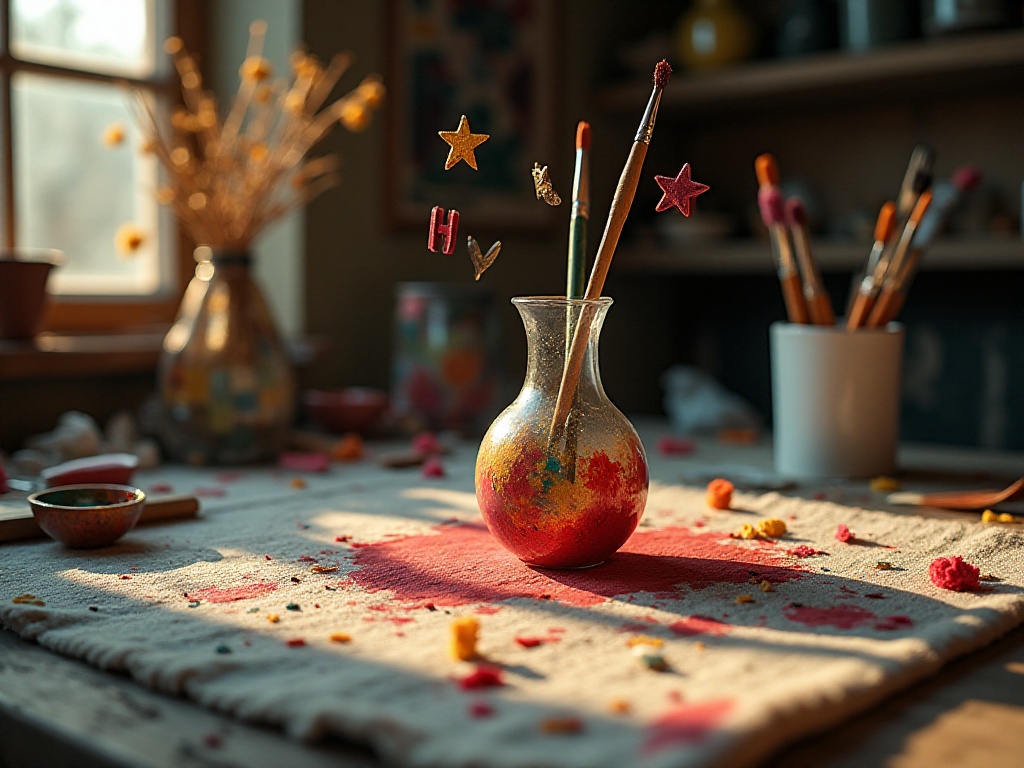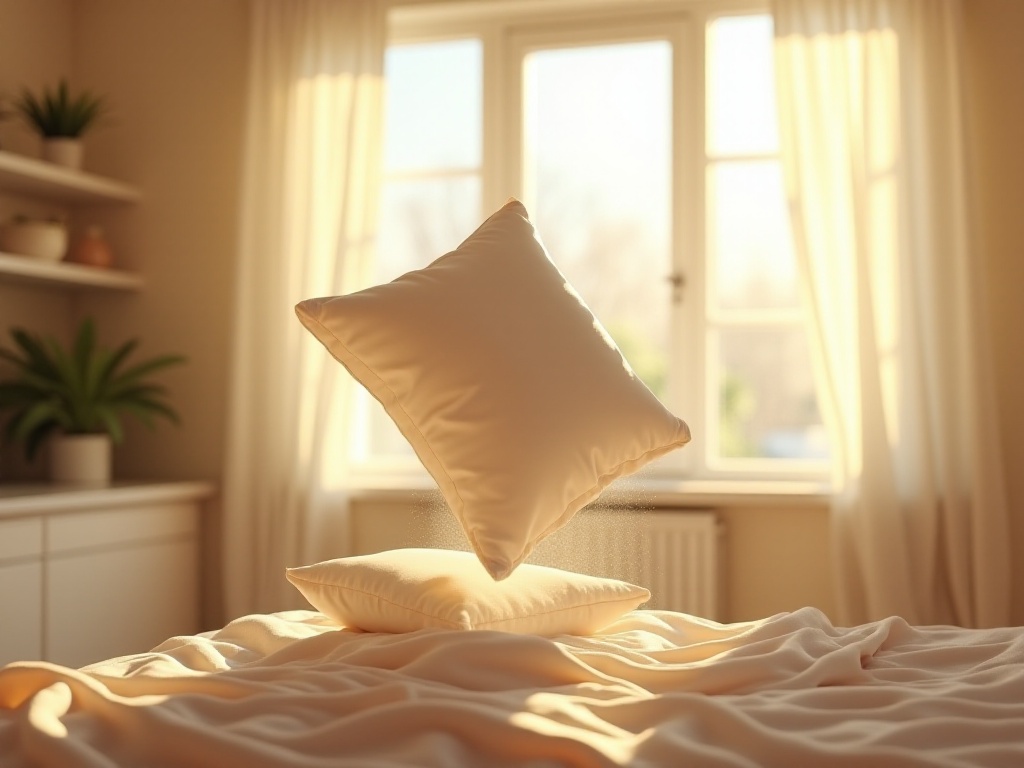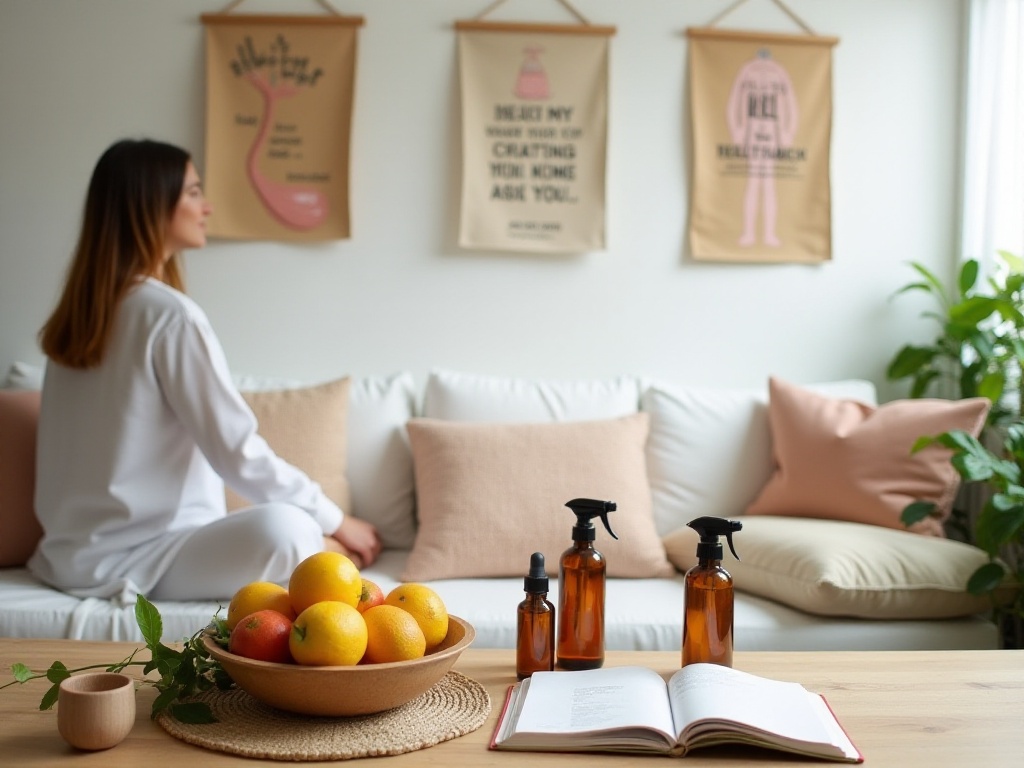Preface
Ever feel envious when watching videos of homes as pristine as showrooms? But then you look at your own place... clothes strewn about, items scattered everywhere - it's absolute chaos! As someone who transformed from a organizing novice to an expert, I truly understand this frustration. Don't worry! Today I'll share all my practical tips from years of experience, guaranteed to help you say goodbye to clutter and reach new heights!
Basic Theory
First, we need to establish the correct organizing mindset. Organization is not simply stuffing things randomly into cabinets - it's a methodical discipline. Just like learning game rules before playing, we need to master several core concepts when learning to organize.
The first essential concept is "zoned organization." This is actually very simple to understand - just like how shopping malls separate clothing, cosmetics, and electronics sections rather than mixing everything together. Applying this concept to home organization means finding a dedicated "territory" for every item in your home.
Through years of practice, I've found the most practical classification method is organizing by frequency of use. I divide all items into three categories: daily necessities (like toothbrushes, towels, work items), seasonal items (like summer parasols, winter hand warmers), and occasional-use items (like photo albums, certificates). This categorization not only matches usage habits but also helps us better plan storage locations.
The second important concept is "container matching." Oh, do I have some regrets to share about this! When I first started learning organization, I would buy whatever storage solutions were recommended online, ending up with a mess of mismatched storage boxes in different sizes and styles. Not only did this fail to solve my organization problems, it made my home look even messier. Looking back now, it's both frustrating and amusing.
Later I understood that choosing storage containers requires following the "three fits" principle: appropriate size, appropriate material, appropriate style. For example, when storing sweaters, you need breathable storage boxes to prevent mold; for underwear and socks, compartmentalized boxes work better for categorized storage.

Practical Techniques

Closet Organization
Closet organization is truly a skillful art! I bet 90% of people struggle with overstuffed closets and difficulty finding clothes. Don't worry, let me teach you some guaranteed closet organization secrets.
First, the traditional flat-folding method needs to go! This method not only wastes space but gets messy super easily. Imagine carefully stacking folded clothes only to have the whole pile collapse when reaching for something at the bottom - absolutely frustrating!
I now use the vertical storage method. Here's how: first fold the garment once, then fold it again, and finally roll it like a sushi roll. These clothing rolls can stand vertically in drawers or storage boxes, saving space and making items easily accessible. Each piece of clothing stands straight like a soldier - you can spot what you want at a glance without rummaging through everything.
Using this method, my closet instantly became super organized with 40% more capacity! A previously stuffed closet now has an empty shelf. Even better, finding specific items that used to take 20 minutes of searching now takes just 30 seconds.
Did you know? Statistics show average people spend 150 hours annually looking for things - that's over 6 full days! Think about how many TV shows we could watch or shopping trips we could take with that saved time!
Besides clothing storage methods, closet space planning is also important. My closet is divided like this: seasonal clothes and rarely-worn formal wear on top, daily wear in the middle two shelves, pants and skirts on the bottom. Each level uses storage boxes to subdivide areas, separating T-shirts, shirts, and sweaters into different boxes.
Another useful tip is using hooks. I installed weight-bearing hooks on the closet sides specifically for bags and belts. This maximizes corner space while preventing bags from losing shape and belts from tangling.
Kitchen Organization
The kitchen definitely ranks among the top three hardest areas to organize! My kitchen is only 8 square meters, but through proper planning, it holds over 2,000 kitchen tools and seasonings, all easily accessible.
The key here is utilizing vertical space. Many people only focus on horizontal surfaces, ignoring the "golden spaces" of walls and cabinet door backs. For example, I installed hooks behind cabinet doors for hanging utensils and measuring spoons, magnetic strips on walls for metal utensils, and layered organizers under the sink for cleaning supplies and garbage bags.
Seasoning storage is another focus. I divided seasonings into three categories: frequently used (like salt, sugar, soy sauce) on a rotating rack near the cooking area; bi-weekly used (like five-spice powder, star anise) in upper cabinets; rarely used (like special seasonings) in higher positions. This categorized storage enables easy access and prevents expired seasonings.
Pot storage requires technique too. I use vertical storage with dividers between pots. This saves space and prevents damage from collision. Frying pans, woks, and soup pots each have designated spots, and retrieving them won't create noise disturbing neighbors.
Small appliance storage can be challenging. My solution was creating a dedicated appliance zone in the kitchen corner, arranging rice cookers, food processors, and ovens by usage frequency. Most frequently used items go in easily accessible spots, while less used ones go higher or lower. I also installed outlets nearby to eliminate moving appliances around.

Advanced Techniques
After mastering basic organization skills, we can explore more advanced methods. For example, the "rotation method" works especially well for shopping enthusiasts with limited space.
How does it work? First, establish a regular organization schedule - I recommend every three months. During organization, check all items and recategorize by usage frequency. For instance, when spring arrives, store winter coats in storage and bring out spring clothes; when summer comes, store spring clothes and display summer wear.
This method maximizes storage efficiency while helping identify truly needed items versus disposable ones. From my experience, rotation organization can increase usable space by about 25%. During this process, you can also "inspect" items, checking for moldy clothes or functional appliances.
Another advanced technique is "organization flow planning." Simply put, arrange item storage based on daily habits. For example, if you apply makeup daily, keep cosmetics easily accessible; if you frequently work from home, keep office supplies near your workspace.
This planning greatly improves life efficiency. For example, I keep morning items (towels, toothbrush, skincare) in one bathroom area, eliminating morning searches. Evening items (slippers, loungewear) stay near the entrance for quick changing into relaxation mode.

Common Mistakes
While helping friends organize their homes over the years, I've noticed many falling into "organization traps." Let me highlight these pitfalls to save you from learning the hard way like I did.
The first mistake is "shopping syndrome." Many see neat, organized homes and assume it's because of some amazing storage product. They then frantically buy various organization items online, which become new storage burdens themselves.
From my experience, a household really doesn't need many types of storage tools - no more than 10 types. Some different-sized storage boxes, hooks, dividers, and labels suffice. The key isn't quantity but clever use of tools.
The second mistake is over-organizing. Some people obsess over neatness, stuffing everything into storage boxes. While appearing tidy, this makes daily use inconvenient. I've seen people box each pair of socks individually, requiring opening multiple boxes to find desired pairs.
The correct approach balances tidiness with practicality. Frequently used items can remain somewhat visible for easy access; less-used items need more thorough storage. Like my desk - frequently used stationery stays in pen holders for easy reach, while rarely used supplies go in drawer organizers.
The third mistake is blind imitation. Many try copying online organization solutions completely. However, each household has unique spatial layouts and living habits - forcefully copying others' methods often backfires.
For example, some bloggers recommend hanging all clothes to prevent wrinkles. But if your closet space is limited, or you mainly wear wrinkle-resistant T-shirts, vertical folding might work better. When learning others' organization methods, always adjust for your situation.
Organization Insights
After years of exploration and practice, my biggest realization is: organization isn't the goal - making life easier is. Many overcomplicate organization, but it's really about making our lives more convenient and comfortable.
Have you noticed how your mood improves when your home is clean and orderly? That's environmental influence. A tidy environment creates clearer thinking, better mood, and higher work efficiency.
This explains why many promote the "decluttering" concept. Through organizing items, we're not just organizing space but our lifestyle and mindset. Learning proper organization teaches us to live more quality lives.
The organization process reveals much about ourselves. Through organizing closets, we might discover our fashion style; through organizing bookshelves, we might re-examine reading habits; through organizing kitchens, we might discover dietary preferences. These discoveries help us better understand ourselves and improve our lives.

Conclusion
That's all my organization insights to share! These practical tips come from my personal experience - hope they help those struggling with organization. Remember, organization isn't achieved overnight; it needs gradual exploration and adjustment. Don't rush for perfection; start with one small corner and gradually expand.
Trust me, with persistence, you too can create an enviably organized space. When your home transforms, you'll thank yourself for starting now! Looking forward to seeing your organization experiences in the comments!
Related articles




